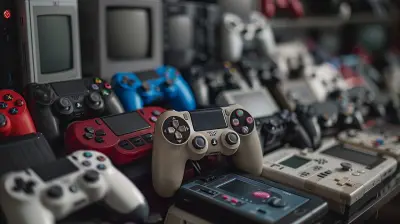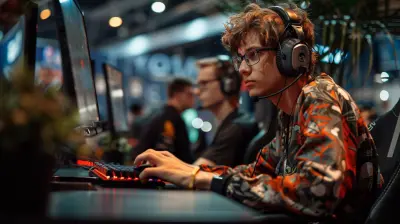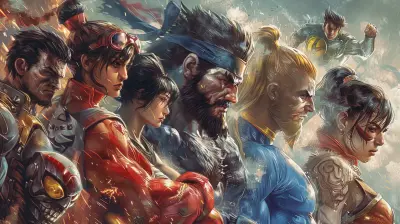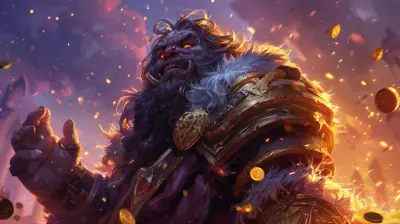Breaking Down the Best Monster Designs in Horror Games
3 June 2025
Horror games have a special place in gamers' hearts. They tap into our deepest fears, keeping us on edge while delivering a thrilling experience. A huge chunk of their success comes down to one thing: the monsters. You know, the creatures lurking in the shadows, waiting to pounce when you least expect it. But what makes these monsters truly terrifying? Is it their grotesque appearance, their unpredictability, or the eerie atmosphere surrounding them? In this article, let’s break down some of the best monster designs in horror games and what makes them so spine-chillingly effective.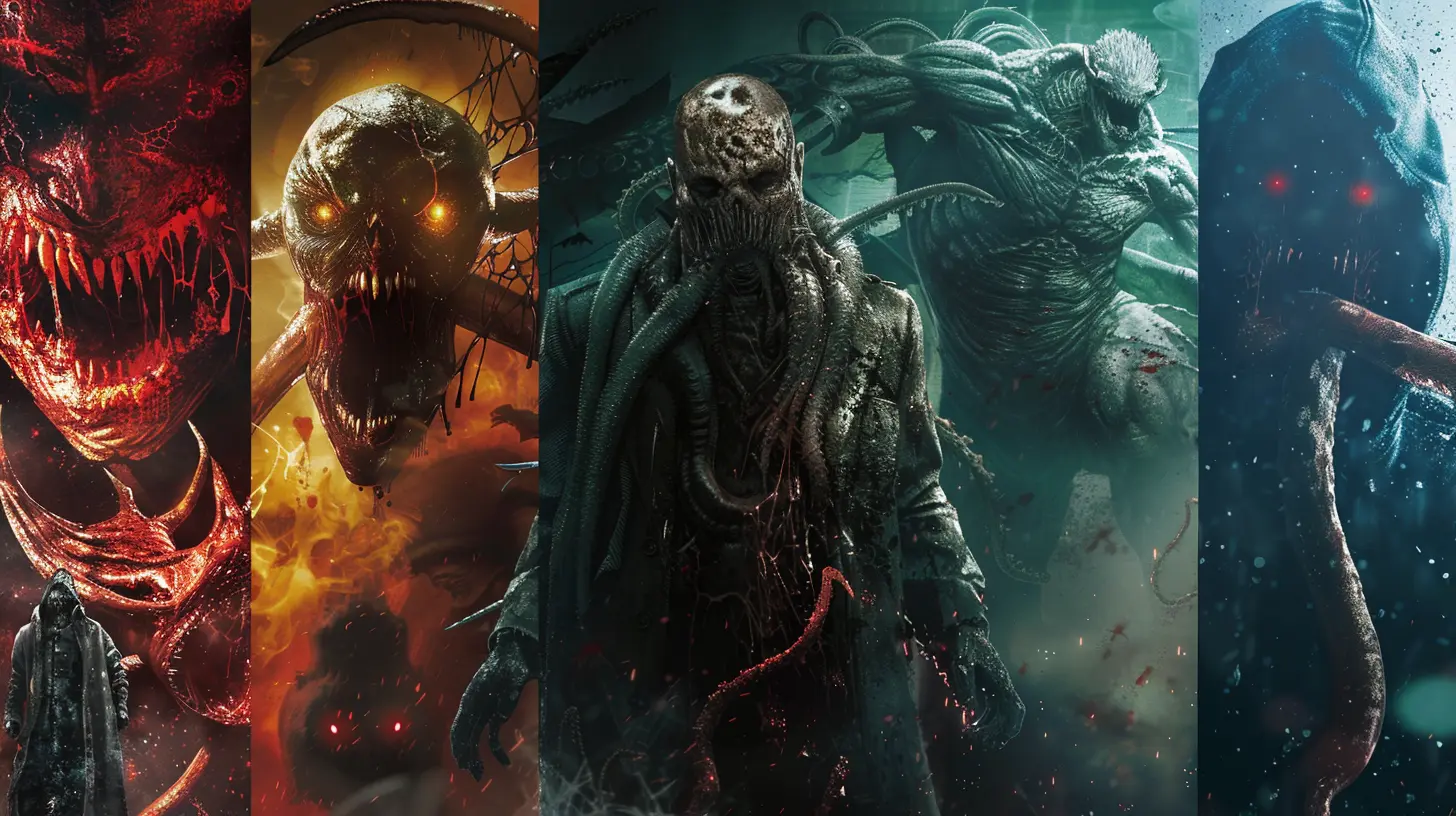
The Psychology of Fear: Why Monster Design Matters
Before jumping into the list, let’s talk about why monster design is such a big deal in horror games. Fear’s a funny thing—it’s different for everyone. Some people are freaked out by grotesque figures that look vaguely human but are just… wrong (thanks, uncanny valley). Others are more scared of the unknown, like shadowy creatures you can barely see but feel everywhere.Great horror games know this. Developers craft monsters to mess with our psyche, blending visual, auditory, and behavioral cues to evoke fear. A good monster doesn’t just look scary. It feels alive—like it’s thinking, hunting, and adapting to your every move. It’s like that feeling you get when someone’s watching you, but you can’t find their eyes. Chills.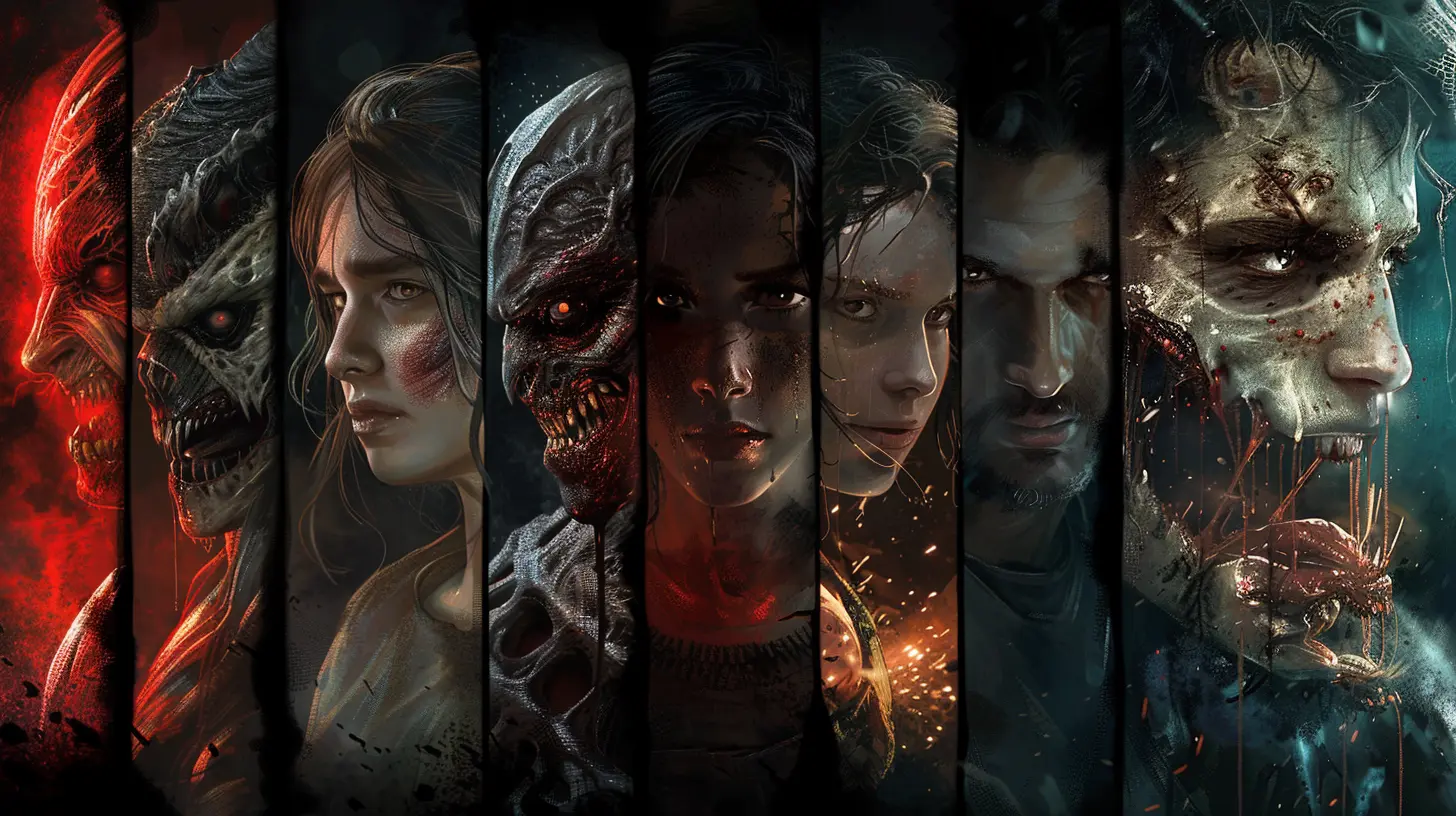
1. Pyramid Head (Silent Hill Series)
Let’s start with the king of nightmares: Pyramid Head. If there’s ever a "best monster design" hall of fame, this guy’s getting a spot. Pyramid Head isn’t just scary because of his hulking size and horrifying weapon (giant knife, anyone?). His design symbolizes guilt and punishment, reflecting the protagonist’s inner torment. The featureless metal pyramid on his head feels oppressive, almost like it weighs more than his body. And that dragging sound when he pulls his knife along the ground? It sends shivers down your spine.What makes him so effective is that he’s not just there to scare you—he’s deeply tied to the story. Pyramid Head serves as a constant reminder of James Sunderland’s guilt and is one of the best examples of how a monster can be terrifying and meaningful.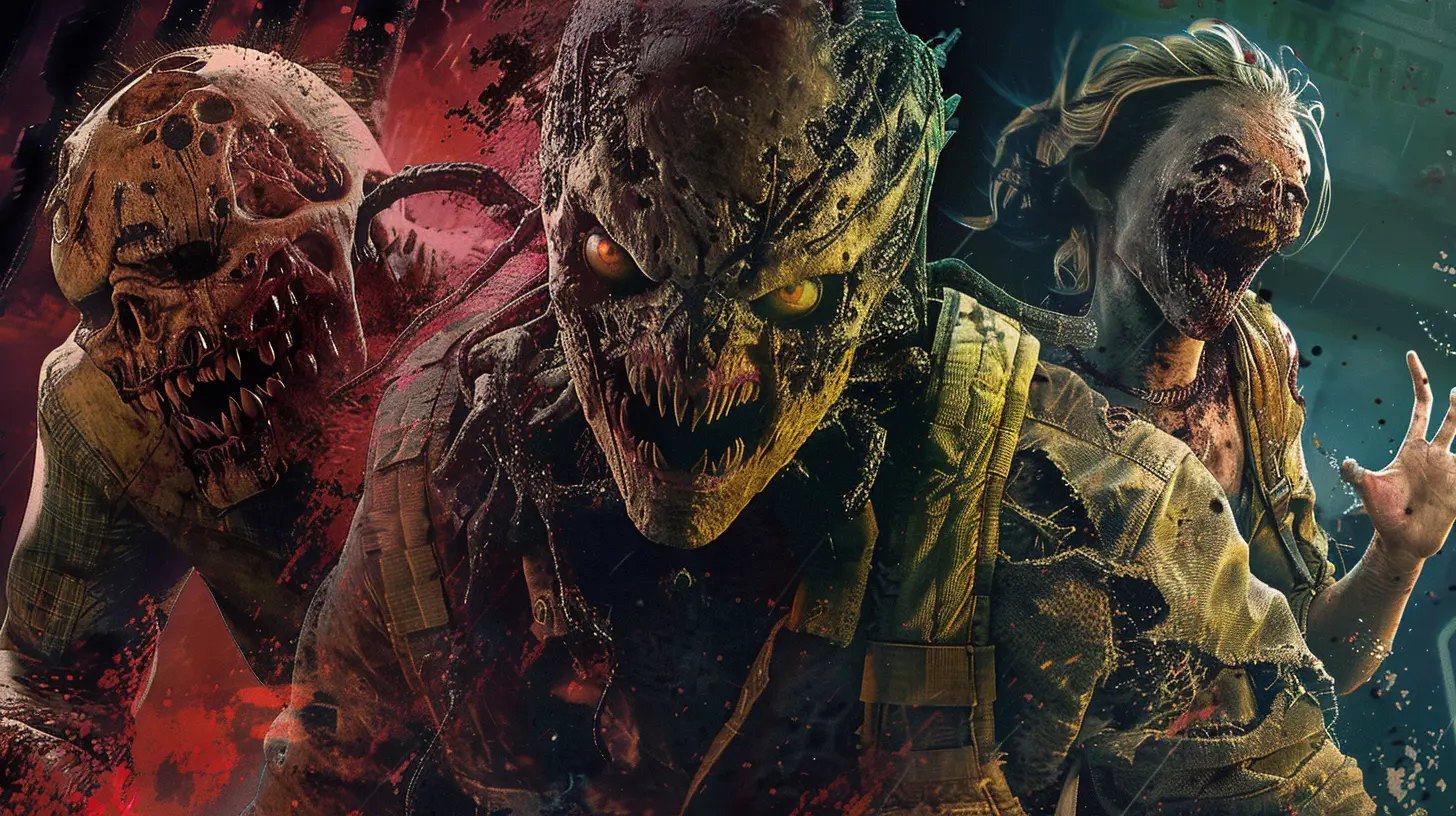
2. The Clickers (The Last of Us Series)
If you’ve played The Last of Us, you’ve probably encountered Clickers and immediately regretted all your life choices. These creatures, once human, are the product of a fungal infection that takes over their bodies. Their design is pure nightmare fuel: distorted faces covered in fungal growths, jagged and broken features, and erratic, jerky movements. Oh, and let’s not forget their signature clicking sound. It’s alien and unnatural, like nails on a chalkboard amplified in your brain.Why are Clickers so effective? The fear they evoke is twofold: the horror of what they are and the realization that they were once human. It’s the kind of terror that’s grounded in reality—you could see it happening, and that makes it all the more disturbing.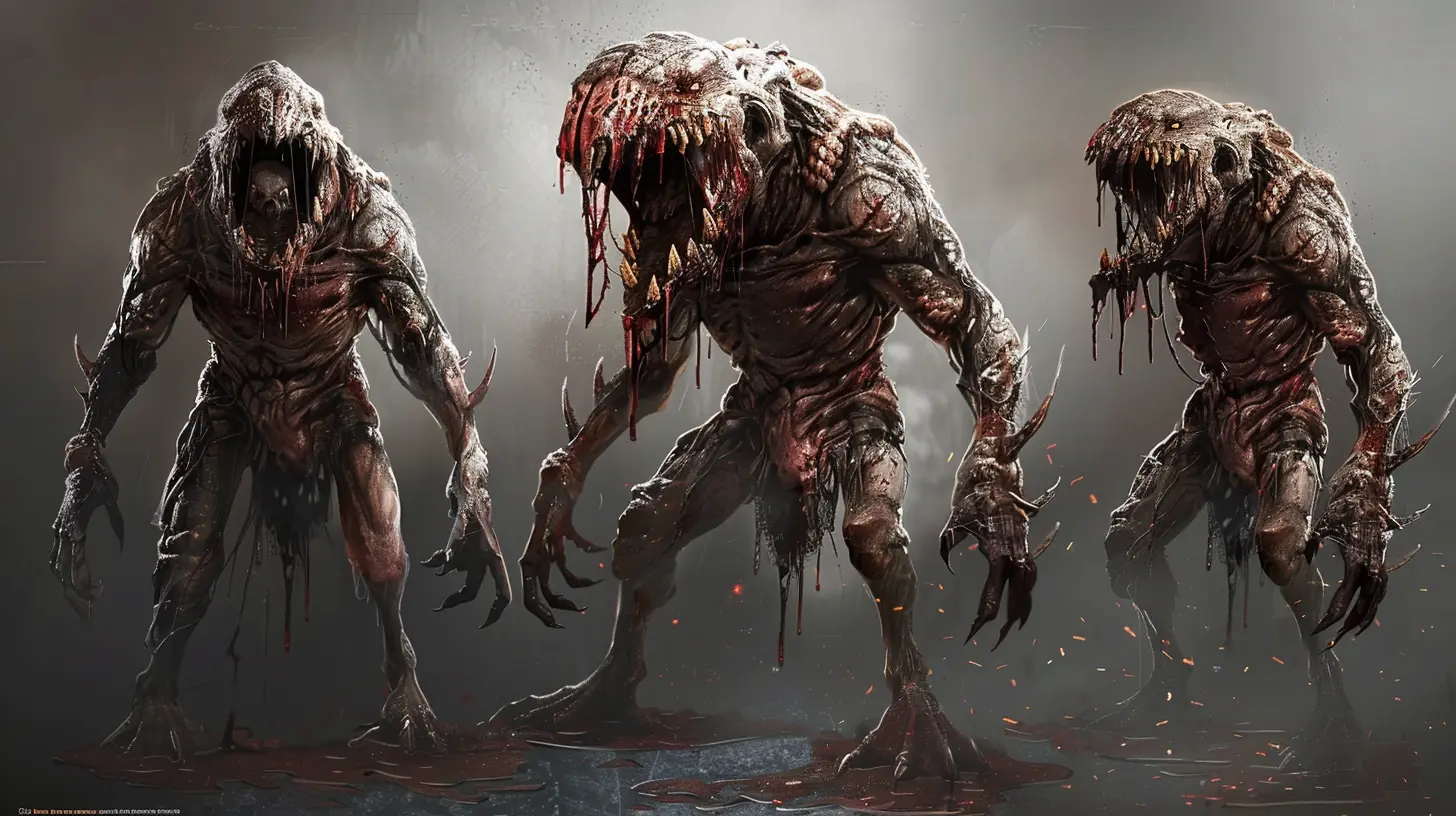
3. Lisa (P.T.)
Can we even talk about horror game monsters without mentioning Lisa? Even though P.T. (playable teaser for a canceled Silent Hill game) never saw a full release, Lisa has cemented herself as one of the scariest monsters in gaming. Her design is simple yet terrifying: a ghostly woman in a blood-stained nightgown, with a single eye swollen shut and her body twisted unnaturally.What makes Lisa unforgettable is her unpredictability. You never know when or where she’ll appear. She’s not just a jump-scare machine; she’s a looming presence throughout the game. Her eerie whispers and sobs are always right behind you, making you constantly check over your shoulder—even though you know it won’t save you.
4. Nemesis (Resident Evil 3)
"STAAAAARS…" If you’ve played Resident Evil 3, you probably hear Nemesis’ growl in your nightmares. This towering, mutated bioweapon is relentless, and that’s what makes him one of the best-designed monsters in gaming. He’s not just big and scary—he’s persistent. Nemesis chases you throughout the game, breaking down walls and showing up when you least expect him.His design? A grotesque blend of human and weaponized monstrosity. The exposed muscles and stitched-together skin make him look like a science experiment gone horribly, horribly wrong. But what makes him truly horrifying is his intelligence. Nemesis isn’t just some mindless brute—he’s hunting you, and he won’t stop until you’re six feet under.
5. The Witch (Left 4 Dead Series)
Sometimes, the scariest monsters are the ones you don’t want to engage with. Enter the Witch from Left 4 Dead. Her design is deceptively simple: a gaunt, pale woman with long claws and glowing red eyes. But her behavior is what makes her terrifying. She sits crouched in dark corners, sobbing to herself—a seemingly harmless (if creepy) figure. But the moment you startle her, she lunges at you with inhuman speed and strength, tearing you apart in seconds.The Witch’s effectiveness lies in her unpredictability. You have to stay quiet and avoid her, which goes against every instinct in your body in a zombie apocalypse. She’s a ticking time bomb, and every second near her feels like walking on eggshells.
6. Amnesia’s Gatherers (Amnesia: The Dark Descent)
You can’t have a conversation about great horror monster design without mentioning Amnesia: The Dark Descent. The Gatherers, the game’s primary enemies, are grotesque humanoid creatures with distorted faces, exposed flesh, and eerie, shambling movements. Their design makes them feel like a twisted mockery of humanity—a shadow of what they once were.What truly makes the Gatherers terrifying, though, is the game’s mechanics. You can’t fight them. Your only option is to hide and pray they don’t find you. Combine their grotesque appearance with the constant fear of being hunted, and you’ve got a recipe for nightmares.
7. Scissorman (Clock Tower Series)
Let’s turn back the clock (pun intended) to one of the OG horror game monsters: Scissorman from the Clock Tower series. Imagine being chased by a man wielding oversized scissors, snipping them ominously as he stalks you through a dark mansion. It sounds goofy on paper, but trust me—when you’re hiding in a closet, hoping he doesn’t find you, it’s pure terror.Scissorman’s strength lies in his simplicity. He’s not some grotesque monster or supernatural entity—he’s a human, albeit a deeply twisted one. His realistic nature makes him relatable in a way that few modern horror game monsters are, transforming him into a timeless icon of fear.
What Makes a Monster Truly Terrifying?
After looking at these incredible monster designs, one thing’s clear: good horror isn’t just about shock value. It’s about creating creatures that stay with you long after you’ve turned off the game. The best monster designs strike a balance between being visually unsettling, behaviorally terrifying, and narratively meaningful. They tap into our primal fears, forcing us to confront the unknown, the uncontrollable, and sometimes even ourselves.Whether it’s Pyramid Head’s symbolic torment, Lisa’s haunting unpredictability, or the visceral terror of Clickers, these monsters remind us why we keep coming back to horror games. They scare us, yes, but they also fascinate us. Because at the end of the day, who doesn’t love a little adrenaline rush?
all images in this post were generated using AI tools
Category:
Horror GamesAuthor:

Greyson McVeigh
Discussion
rate this article
3 comments
Annabelle Richardson
Great article! The creativity in horror monster designs truly enhances the gaming experience. Keep up the fantastic work!
June 10, 2025 at 2:23 AM

Greyson McVeigh
Thank you! I'm glad you enjoyed the article and appreciate your kind words!
Ryan Watson
This article adeptly highlights the intricate balance of fear and fascination in monster design. However, it could further explore how cultural context influences these designs, enriching our understanding of horror's psychological impact.
June 8, 2025 at 3:35 PM

Greyson McVeigh
Thank you for your insightful comment! I appreciate your suggestion to explore cultural context further; it’s a fascinating angle that could deepen our understanding of horror design. I'll consider it for future articles!
Cara Bowers
This article expertly dissects the artistry behind memorable monster designs, emphasizing their psychological impact and how they enhance player immersion in horror games.
June 5, 2025 at 4:41 PM

Greyson McVeigh
Thank you! I'm glad you found the article insightful. The connection between design and player immersion is truly fascinating!
